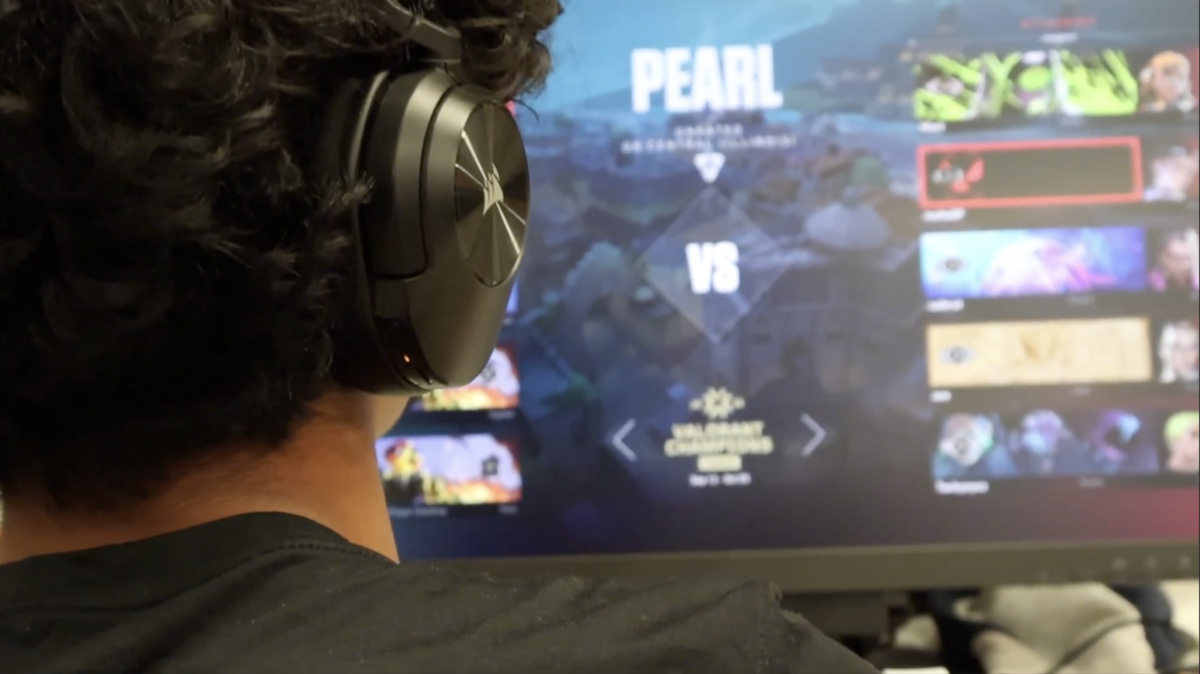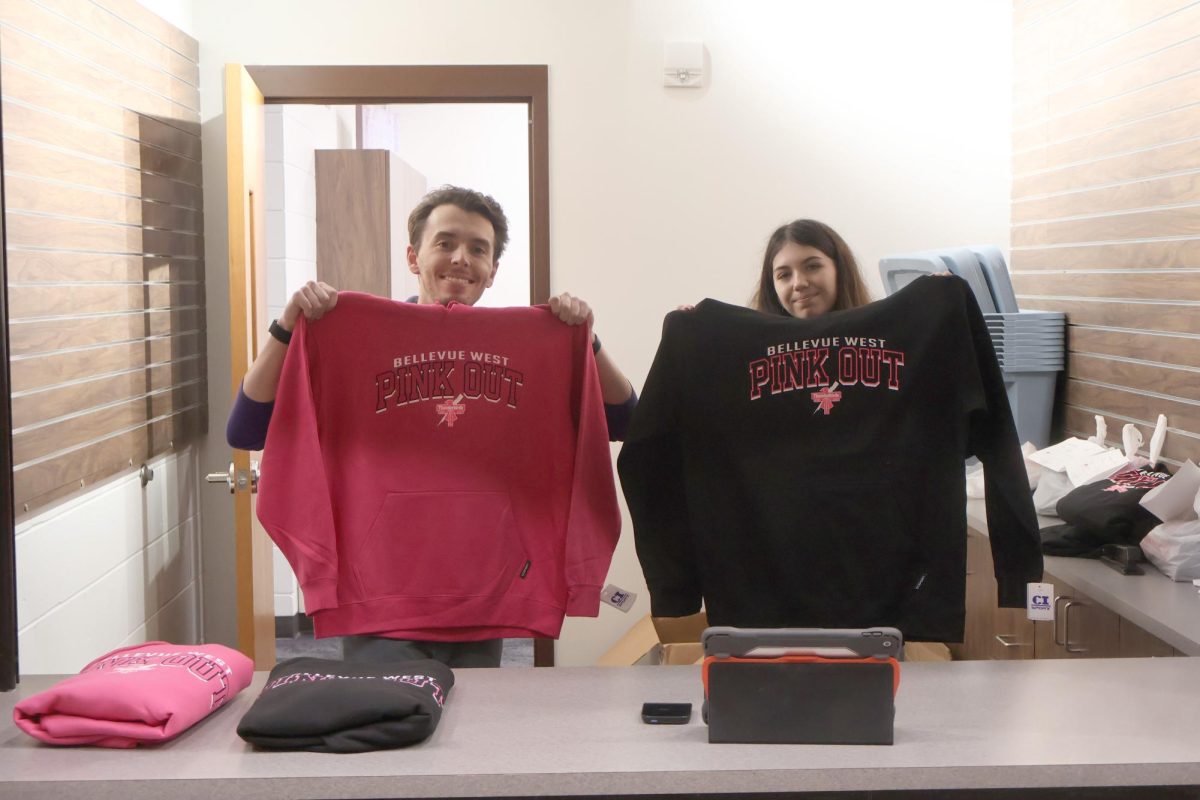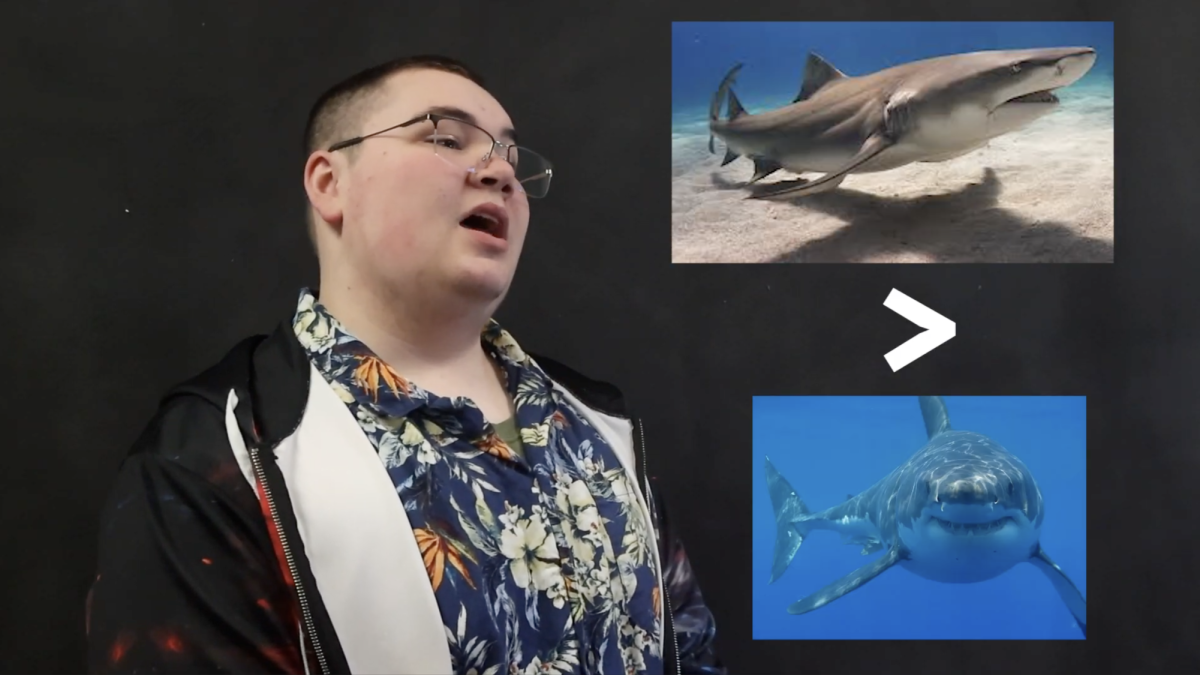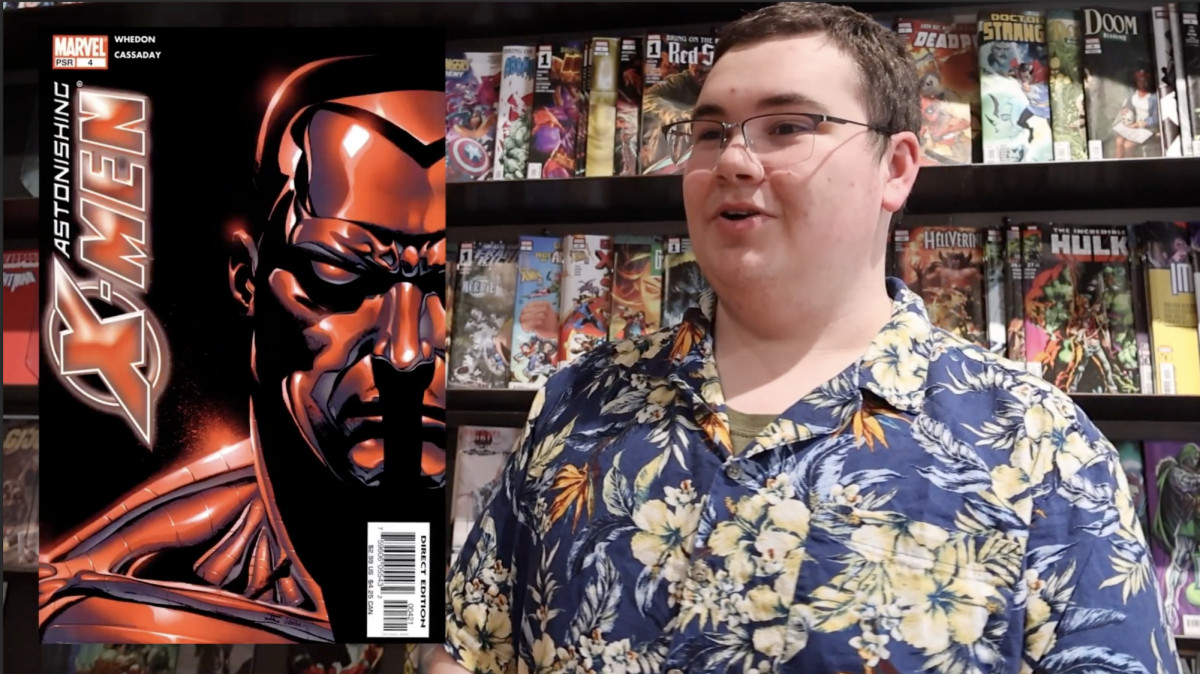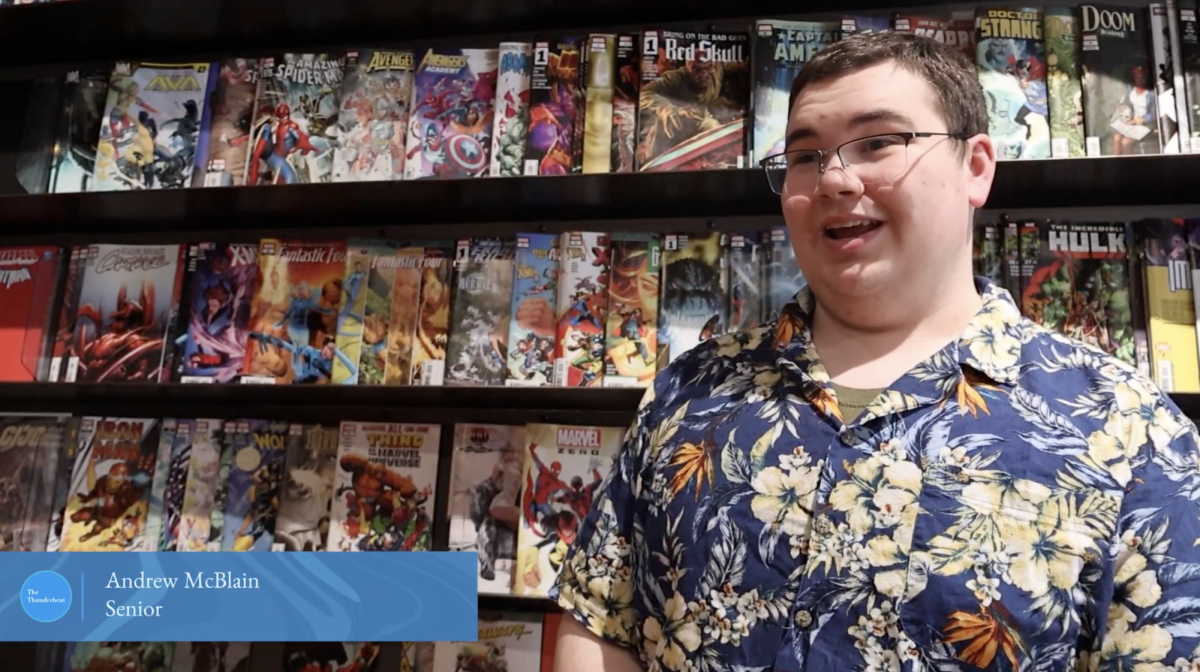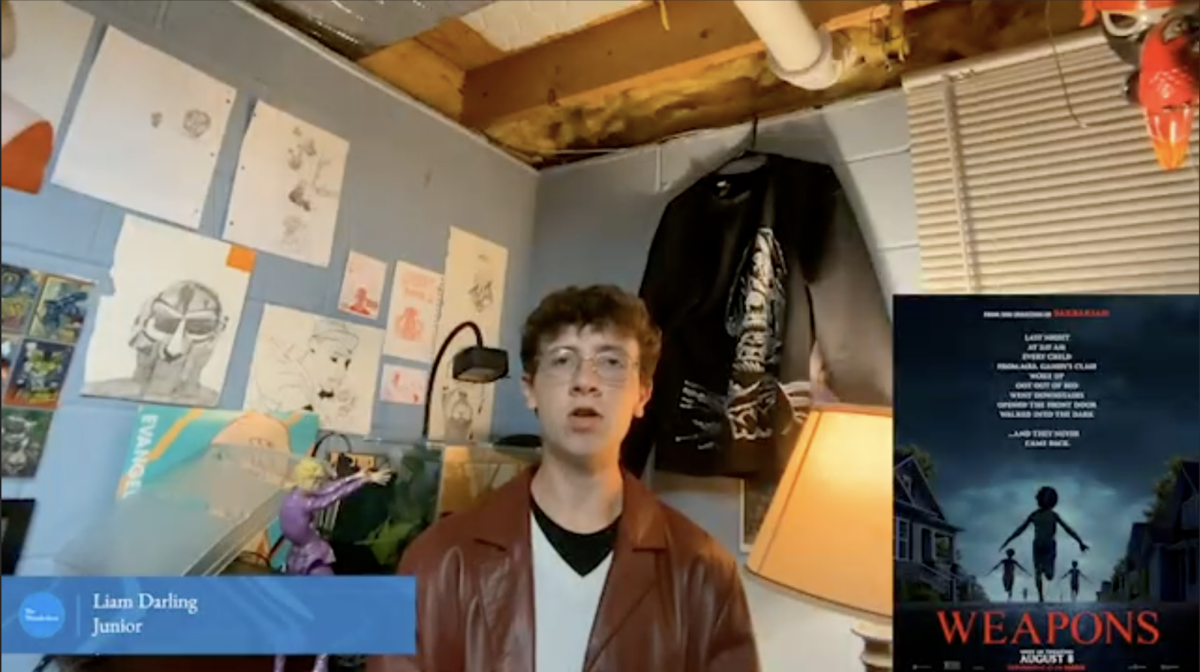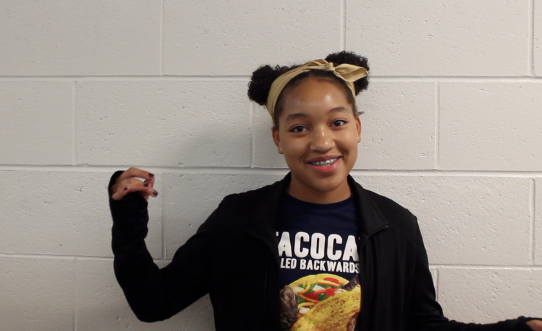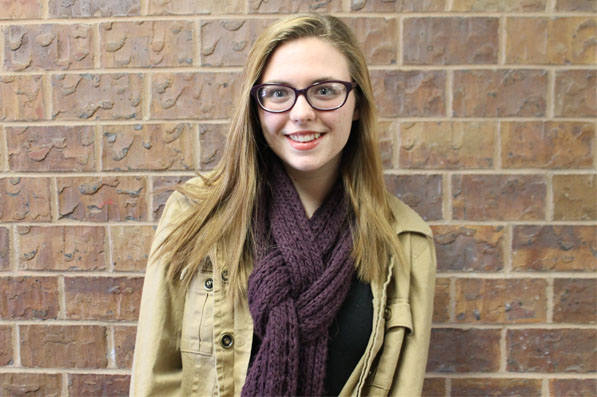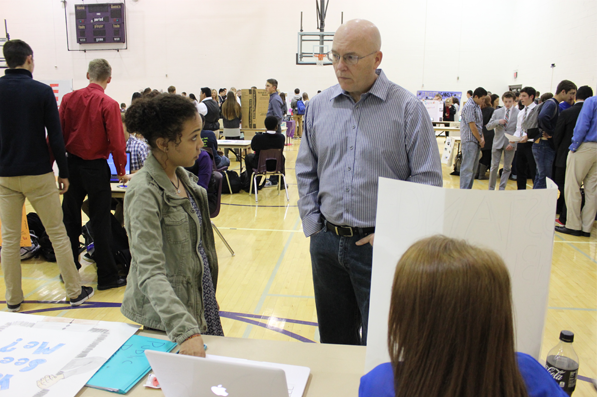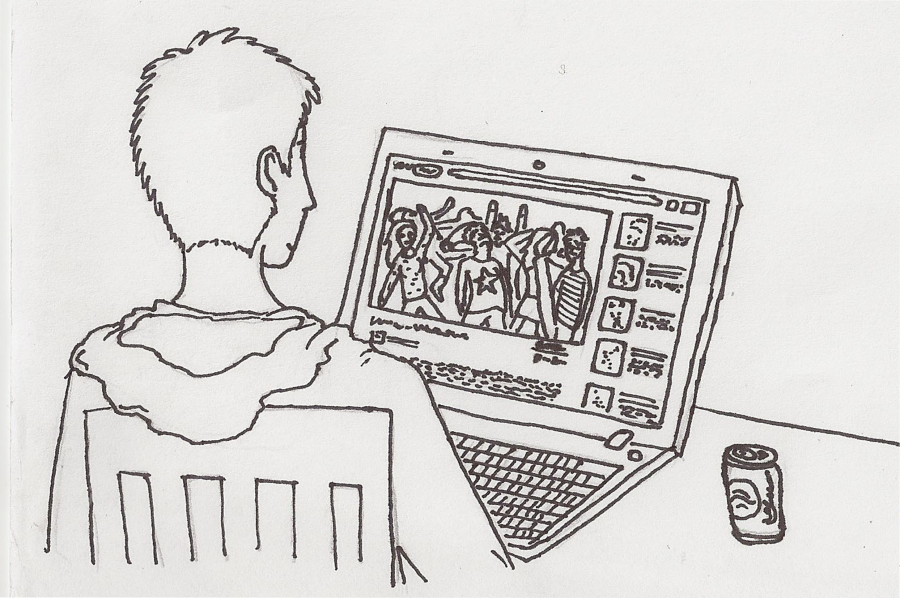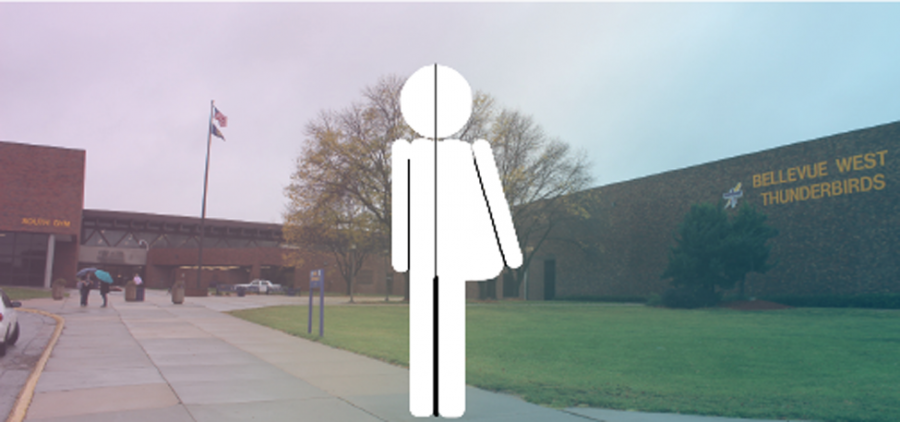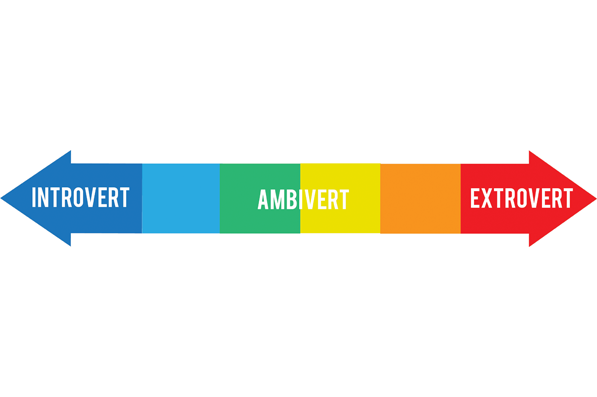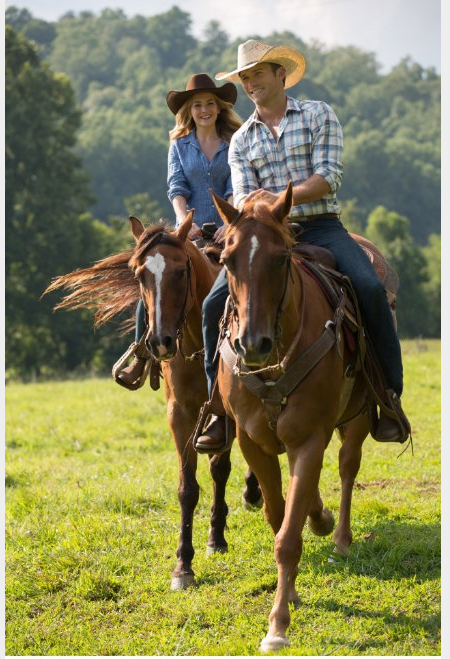
Based on the best-selling novel by Nicholas Sparks, “The Longest Ride,” has been one of the top anticipated movies to hit the box office, according to Cinema Blend. It follows the plot of a typical romance flick: boy meets girl, boy falls in love with girl, adversity tests the strength of their love, and they decide to either let it make them stronger or tear them apart. Nonetheless, this film keeps the audience emotionally engaged, and I advise you to keep a box of tissues close at hand when watching.
The movie is set in a small town in North Carolina. Introverted college student Sophia Danko (Britt Robertson) falls for charismatic Luke Collins (Scott Eastwood), a world champion bull rider. However, Sophia is set to start an internship at the end of the summer in New York City, and Luke continues to put himself at risk in the arena after a near fatal head injury.
Both individuals are forced either to follow their personal passions or compromise them to be with each other. They are unsure how to make their love last, but one man’s story offers a new perspective for the pair.
When the couple rescues an elderly man from his burning car, their fate begins to change. Sophia routinely visits the old man in the hospital, and reads him love letters from a box she retrieved moments before his car burst into flames. By helping the man reminisce his romance with his deceased wife through the letters, she discovers that he is helping her rekindle her relationship with Luke.
The plot overall was well thought out, and proved to be clear despite dual plots. The movie jumped from scenes of present day Luke and Sophia to the old man’s personal love story circa 1950. Although it was interesting to observe the ways each relationship mirrored the other, it left me feeling like I didn’t really get to know either love story enough.
Consequently, the most heart-warming scenes were flashbacks of the old couple rather than Luke and Sophia. The goal of the old couple’s scenes were to give the story an endearing element and to trigger a deeper emotional response. On the contrary, the primary goal of Luke and Sophia’s scenes were to provide heated romance and make the audience swoon, overcompensating for the lack of emotional connection with physique.
In comparison to other films based on the well-known novels by Sparks, it would definitely be in the top half of my list. Unlike other Sparks movies, the ending left the audience with a more heartwarming vibe versus slightly depressed, like in movies such as “The Best of Me,” “Dear John,” and “The Notebook.”
Although its goal was to attract a female-oriented audience, it will undoubtedly find its way into the hearts of even its most unlikely viewers. I strongly encourage “The Longest Ride,” to any and every hopeless romantic, as long as they are willing to surrender their pride to human emotion and sensationalized romance.
Emma Larson
Reporter


